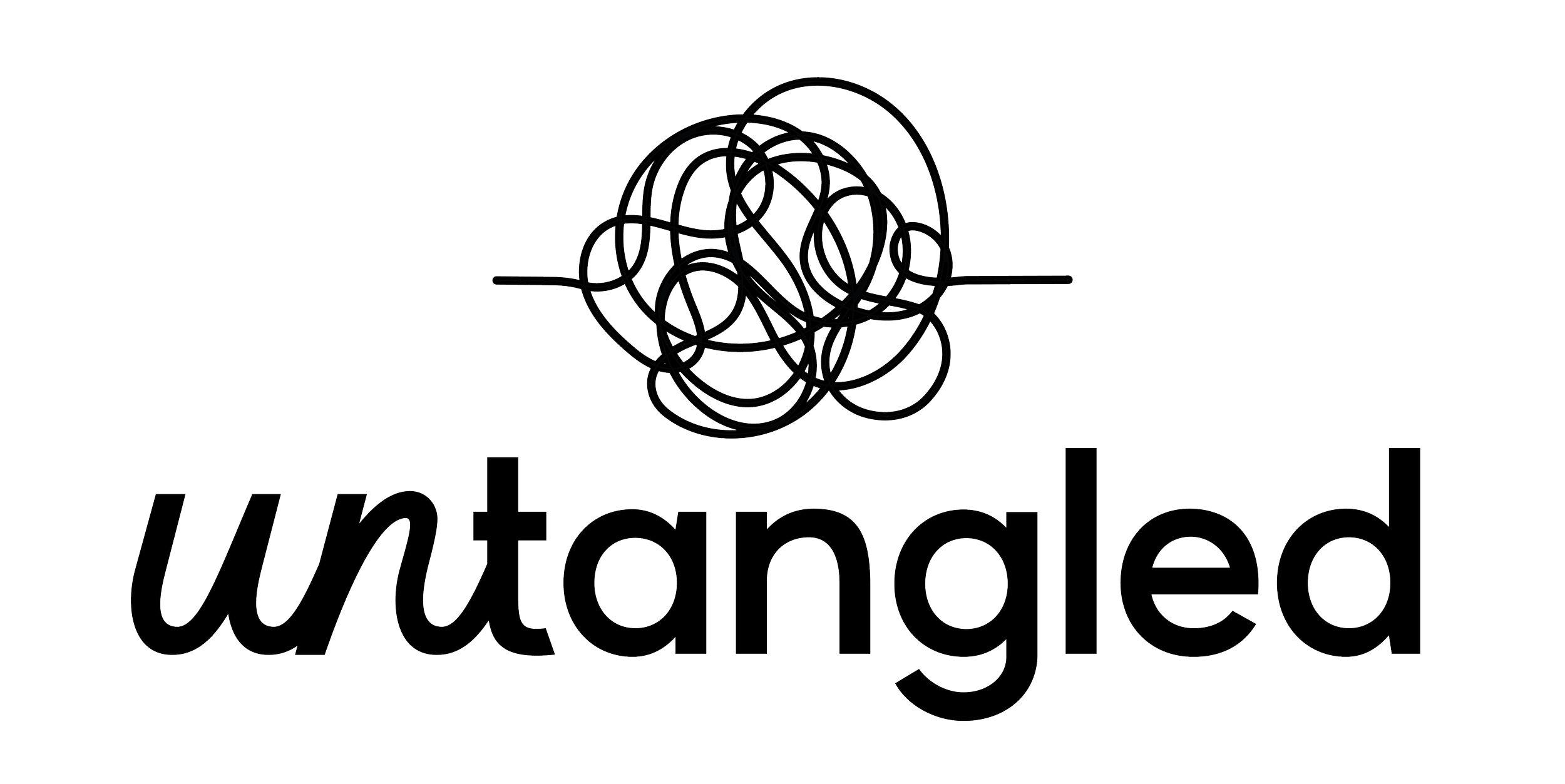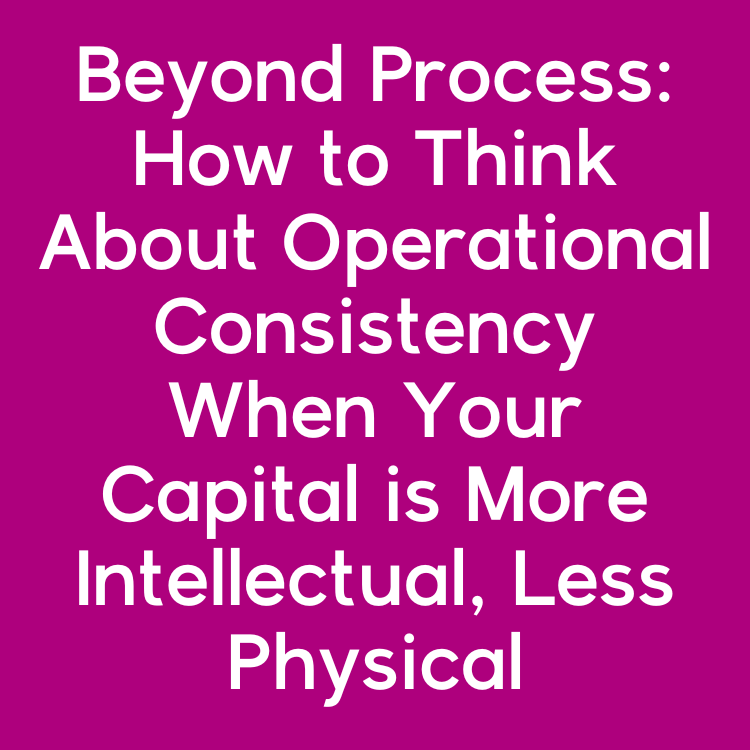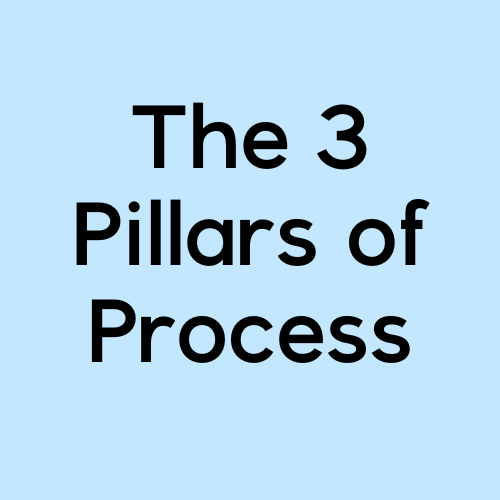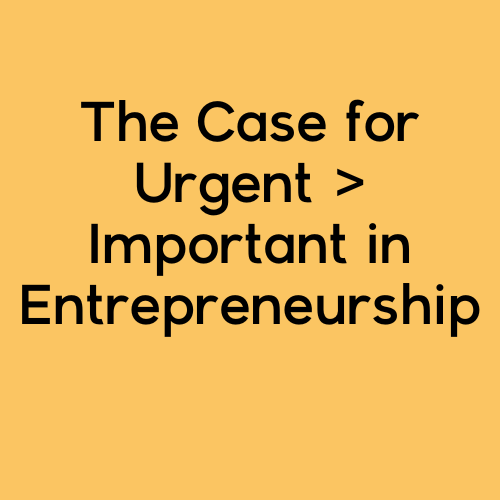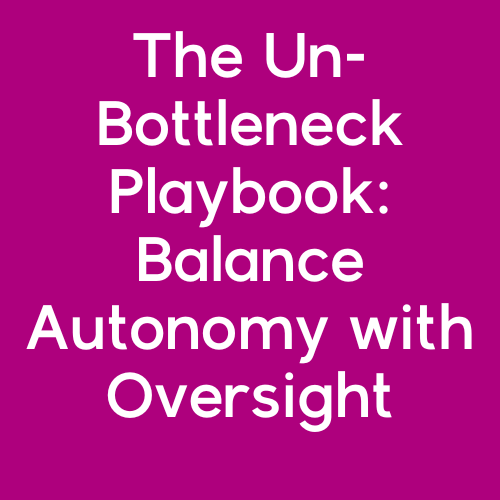Get clear.
Simple, custom playbooks for entrepreneurial teams
It’s nice to meet you.
Subscribe for ideas that make building your playbook easy.
We build simple, custom playbooks for entrepreneurial teams—so they can find clarity and codify what works.
unbottleneck yourself
uncomplicate operations
unlock more value when you sell
Our Clients
Frequently Asked Questions
-
We use the term “playbook” very intentionally because it conveys action.
Operating manuals are for air conditioners. Playbooks are for businesses.
A playbook will not include every single detail about your business. Why? Because that’s not useful. Especially if you’re growing, the details matter less because they change all the time.
What does matter are the handful of processes that are part of your core business; the procedures that guide how they get executed; and the policies that keep your team playing within the guardrails you set up.
A business playbook is a place for your vital company information to live. It’s where the process component of your business and the people component of your business overlap. A playbook is what you use to share the following company knowledge with the people in your business.
Company (who we are)
Processes (what we do)
Procedures (how we do it)
Policies (rules of the workplace)
-
Because you can’t read the label from inside the jar.
When something has become second-nature because you’re an expert in doing that thing, you’re no longer holding each step in conscious memory like you did when you were learning it for the first time.
It’s become intuition.
This is why it’s actually easier to teach a skill you’ve just learned, rather than one you’ve had for a long time. You’re still running the checklist in your mind each time.
Taking your intuition and turning it into repeatable action steps takes someone with an outside perspective who can stop you and ask “…but why did you do it that way?”
-
The answer is: “It depends.”
Also an answer: “As many as are useful.”
Here are 3 guiding questions that might actually help:
Who is it for?
Just like you have to identify your customers in order to communicate according to their needs, you’ll also want to know which type of employees you’re training.
If you usually hire people who are new to their field, you’ll need lots of how-to’s and plenty of context…more detail.
But if you’re typically bringing in subject matter experts who just need to know the particular ways you do things, you’ll want to go heavy on checklists…less detail.
What is the subject matter?
If you’re documenting something that is pretty black and white, like accounting or manufacturing, where consistency at scale is key, go heavier on the detail. The more information you can share, the better. That requires step-by-step SOPs.
But if you’re documenting something less black and white, where the person using your documentation will be making their own decisions like in a creative or expertise-based firm, lean into giving more guidelines and fewer detailed steps. Where too much detail could be limiting, teach people how to think, not necessarily how to do.
How much time will this save in the future?
If you have 50 employees, all executing repeatable processes, it’ll be well worth your time to get as much documented as you can. If you’re just beginning to delegate tasks to a small team, the ROI for your effort may not be so high.
Remember that SOPs are living things, and they can grow with you. It’s ok to start simple.
-
Document any process in your business that has been:
Decided. You’ve discovered the best way to execute something through trial and error, and you’ve committed to doing it that way every time (until a better way reveals itself).
Defined. You’re able to identify the specific, repeatable steps involved in executing that process. (You might need help uncovering what those steps are—that’s normal.)
Still can’t decide where to start? Ask yourself this: What are the current problems in your business you believe trace back to process?
Before you invest time into defining and documenting what you do, make sure the documentation will serve a purpose.
The last thing you want is to create a beautiful operating manual that sits in a metaphorical drawer forever and ever.
What are the problems you need to solve, and how big of a priority are they right now? Think realistically and the number of SOPs accordingly. Remember, you can add more later. Your playbook is a living, breathing part of your busiess.
-
You can’t. We don’t get people to do anything; we build cultures where it’s easy and beneficial for them to do things a certain way.
Here are some tips for building a culture of accountability:
Training. Make sure your processes are accurately documented. Is all the information really there? And is it presented in a clear, engaging format, e.g. text, video, images, or a combination of the three?.
Tools. Remember that people can’t hold a thousand things in mind at once, and you certainly don’t want them having to refer back to the SOP every time they complete the task. So keep it simple with checklists, checklists, forms, — and the right technology to store it all.
Management. Finally, lean into coaching and strong change management. If someone isn’t performing at the level they should be…what happens?
Ready for more on the subject of inspiring employees to buy-in to using your processes? Try this article.






